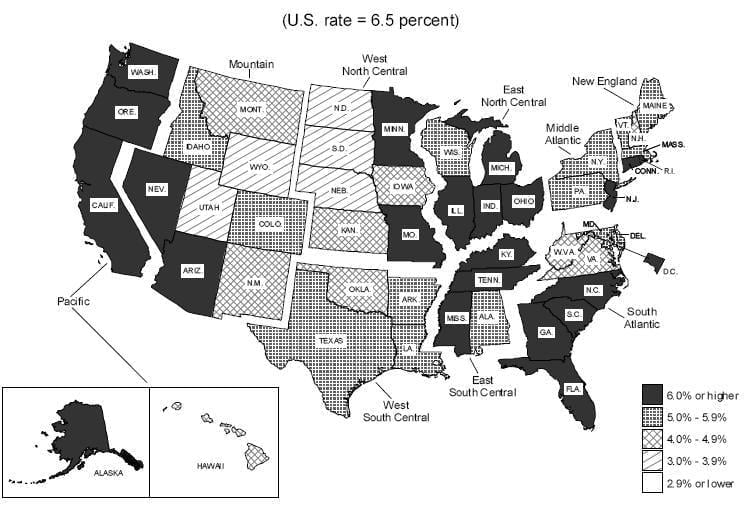Over the last few decades – first under the Tories then under New Labour – we have seen the official unemployment figures massaged and fiddled time and time again in order to make them seem more ‘acceptable’ in the official reports and, of course, the newspapers. Is this unique to the UK? Well no, let’s cross the pond with Socialist Appeal’s economics correspondent Michael Roberts and have a look at the real rate of unemployment in the US.
If you
have been reading my writings for any period of time you know that I do
not believe the official unemployment number (known in the USA as U3) is accurate.
There are several reasons I feel this way, but one of the major reasons
is that it does not consider people who leave unemployment for
underemployment. Accepting underemployment is one very real factor that
can make initial unemployment claims drop, especially if ongoing
unemployment claims are going higher. I’ll digress on this point for
today, but to make a long discussion short winded, following what is
called U6 unemployment is decidedly more accurate than following U3
unemployment. According to the Bureau of Labor Statistics ("BLS"), U6 is
currently sitting at 16.4% and is defined by them as including:
"Marginally
attached workers or persons who currently are neither working nor
looking for work but indicate that they want and are available for a
job and have looked for work sometime in the recent past. Discouraged
workers, a subset of the marginally attached, have given a job-market
related reason for not looking currently for a job. Persons employed
part time for economic reasons are those who want and are available for
full-time work but have had to settle for a part-time schedule."
In
layman’s terms U3 does not include workers who have given up looking
for work but still want a job, workers who have given up looking for a
job all together because they feel they can’t find one or were kicked
off unemployment, or workers who have taken a lesser job that they
normally would not hold because they cannot find suitable employment;
U6 includes these people. All in all, U6 suggests a very different
employment picture than U3 and today’s headlines should be looked at
with extreme caution. Especially since the Department of Labor has a
history of "fudging numbers" and has represented that ongoing
unemployment has continued to increase.
Lastly, let us not
forget that a person cannot collect unemployment insurance forever. At
some point in time a person’s unemployment benefits eventually run out.
That time frame varies from state to state, but most will only pay for
26 weeks. After that time, if unemployment runs out, under U3 a person
is no longer considered unemployed. Does that make any sense? Only if you think that capitalism works!







